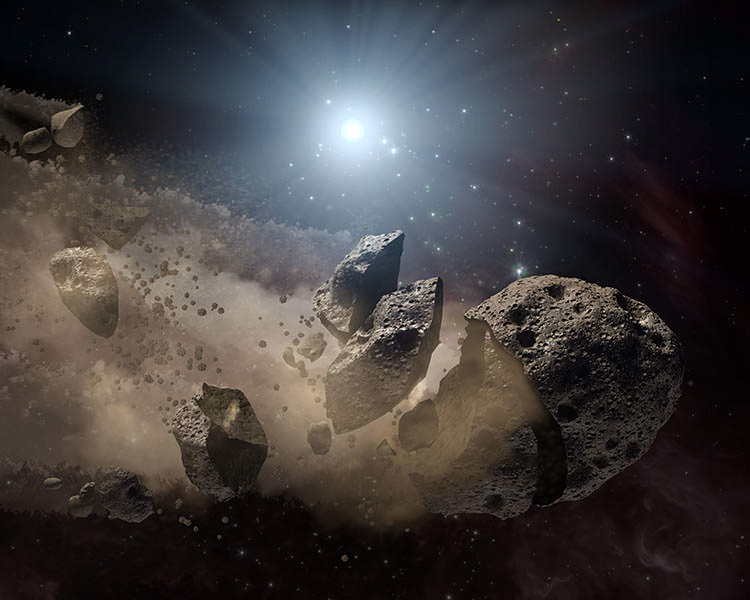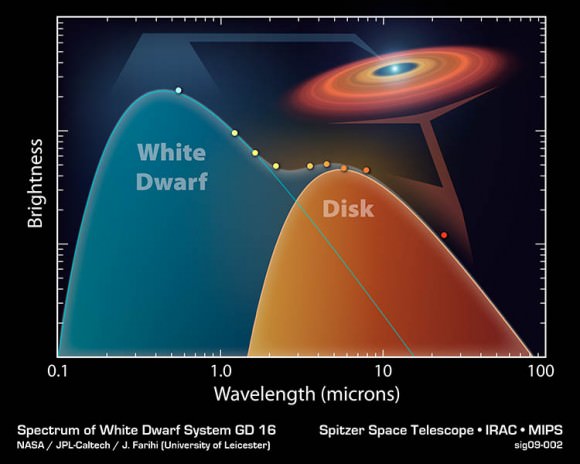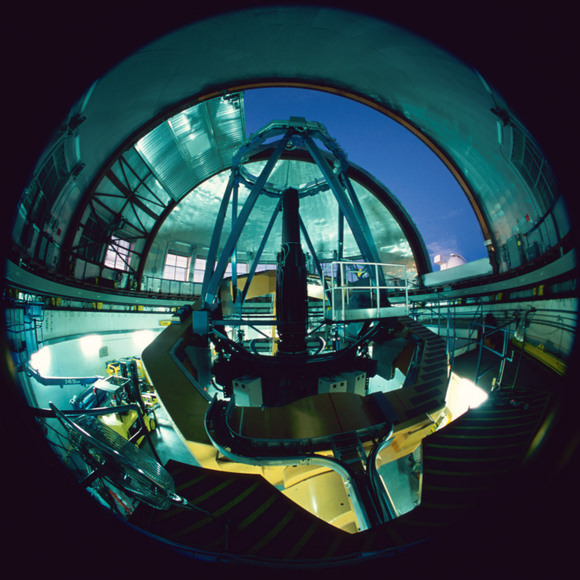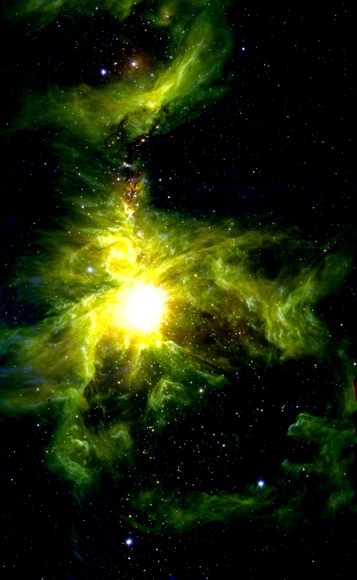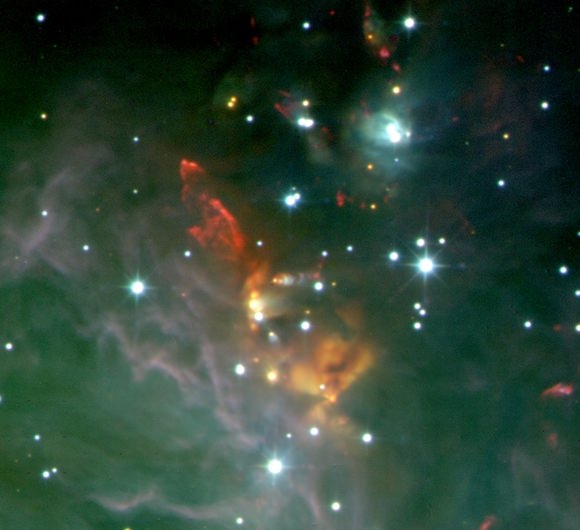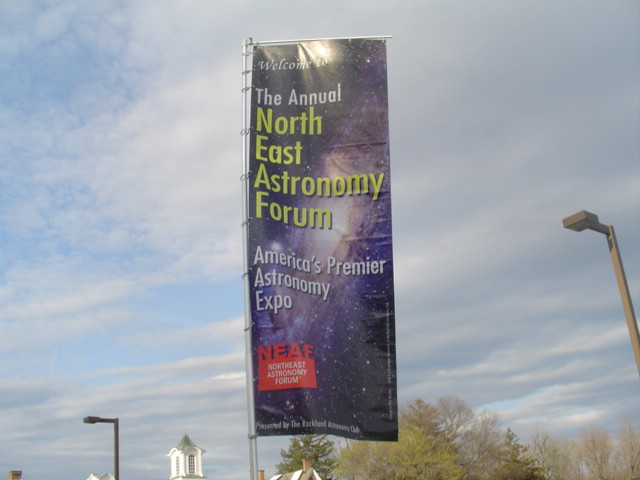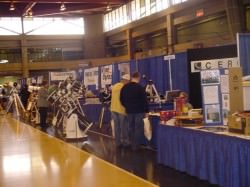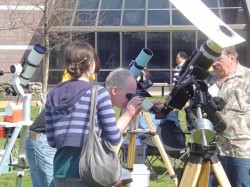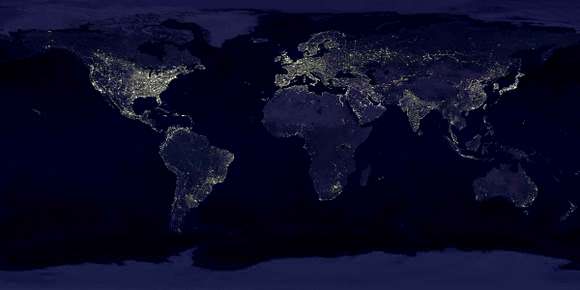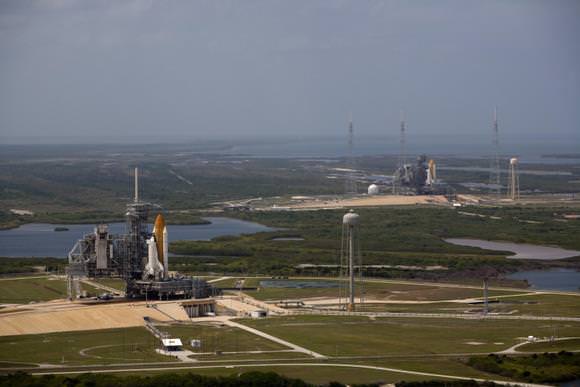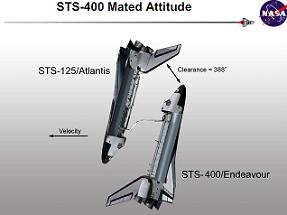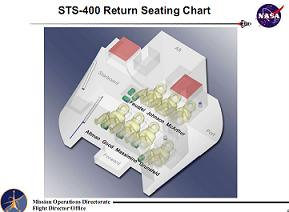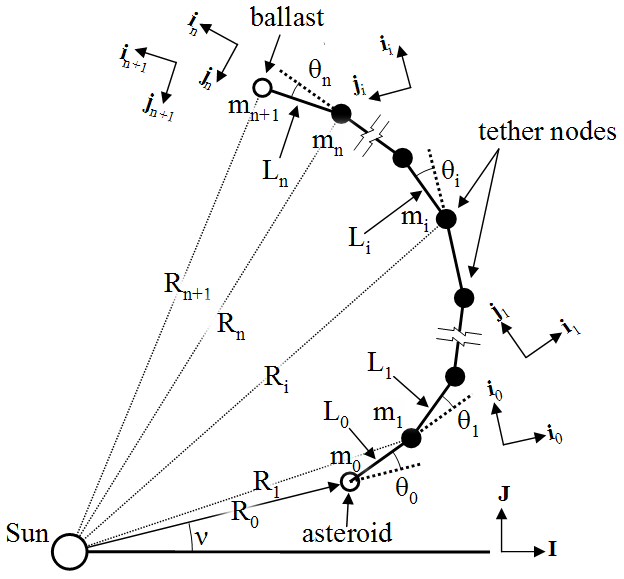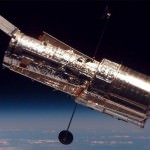[/caption]
It may not look like much, but that drawing could save a life someday — or 7 billion.
David French, a doctoral candidate in aerospace engineering at North Carolina State University is proposing a new tool for the anti-asteroid arsenal.
French said his PhD advisor Andre Mazzoleni, an associate professor of mechanical and aerospace engineering at the university, were not beholden to grant funds and “we just decided to go off on a direction that’s interesting and exciting.”
Mazzoleni has worked with tethers in other applications, and the two have now come up with a way to effectively divert asteroids and other threatening objects from impacting Earth by attaching a long tether and ballast to the incoming object.
By attaching the ballast, French explains, “you change the object’s center of mass, effectively changing the object’s orbit and allowing it to pass by the Earth, rather than impacting it.”
NASA’s Near Earth Object Program has identified more than 1,000 “potentially hazardous asteroids” and they are finding more all the time. “While none of these objects is currently projected to hit Earth in the near future, slight changes in the orbits of these bodies, which could be caused by the gravitational pull of other objects, push from the solar wind, or some other effect could cause an intersection,” French explains.
He said it’s hard to imagine the scale of both the problem and the potential solutions — but he points out that some asteroid impacts on Earth have been catastrophic.
“About 65 million years ago, a very large asteroid is thought to have hit the Earth in the southern Gulf of Mexico, wiping out the dinosaurs, and, in 1907, a very small airburst of a comet over Siberia flattened a forest over an area equal in size to New York City,” he said. “The scale of our solution is similarly hard to imagine.”
The idea is to use a tether somewhere in length between 1,000 kilometers (621 miles; roughly the distance from Raleigh to Miami) to 100,000 kilometers (62,137 miles; you could wrap this around the Earth two and a half times).
Other ideas that have emerged sound no less extreme, French notes. Those include painting the asteroids in order to alter how light may influence their orbit, a plan that would guide a second asteroid into the threatening one, and nuclear weapons.
“They probably all have their merits and drawbacks,” he said. “Nuclear weapons are already accessible; we’ve already made them. I can look at my own idea and say it’s long duration and very trackable.”
A tether effort could last in the ballpark of 20 to 50 years, he said, depending on the size and shape of the asteroid and its orbit, and the size of ballast.
French acknowledges there are “technical barriers that have to be surpassed.”
“First, you would have to mitigate the rotation of the asteroid,” he said, adding that the crescent-shaped piece connecting the poles on a globe might make a good conceptual model for a tether anchor, because it would allow for the asteroid’s rotation.
Another problem is the composition,” he added. “Some asteroids are just rubble piles.”
French said his idea was never to have all the kinks worked out on his model before presenting it; he just hoped to add another option to the asteroid-preparedness table.
“We’re opening up the concept, and we invite the broader scientific community to help us solve the issues,” he said.
Source: An NC State press release, via Eurekalert, and an interview with David French.



